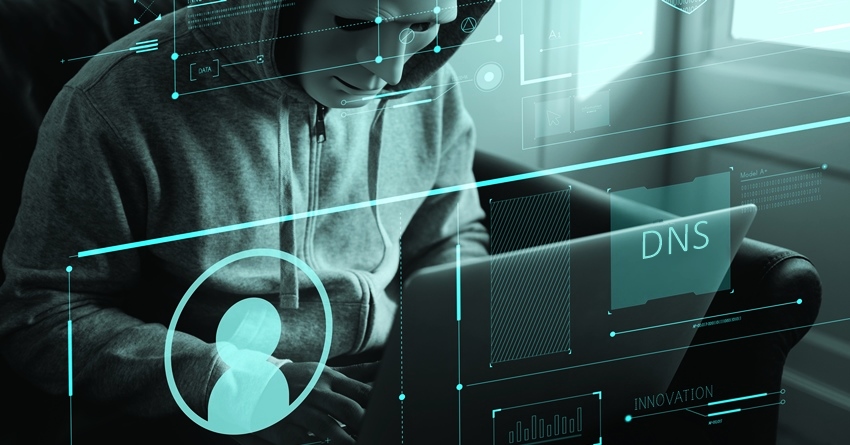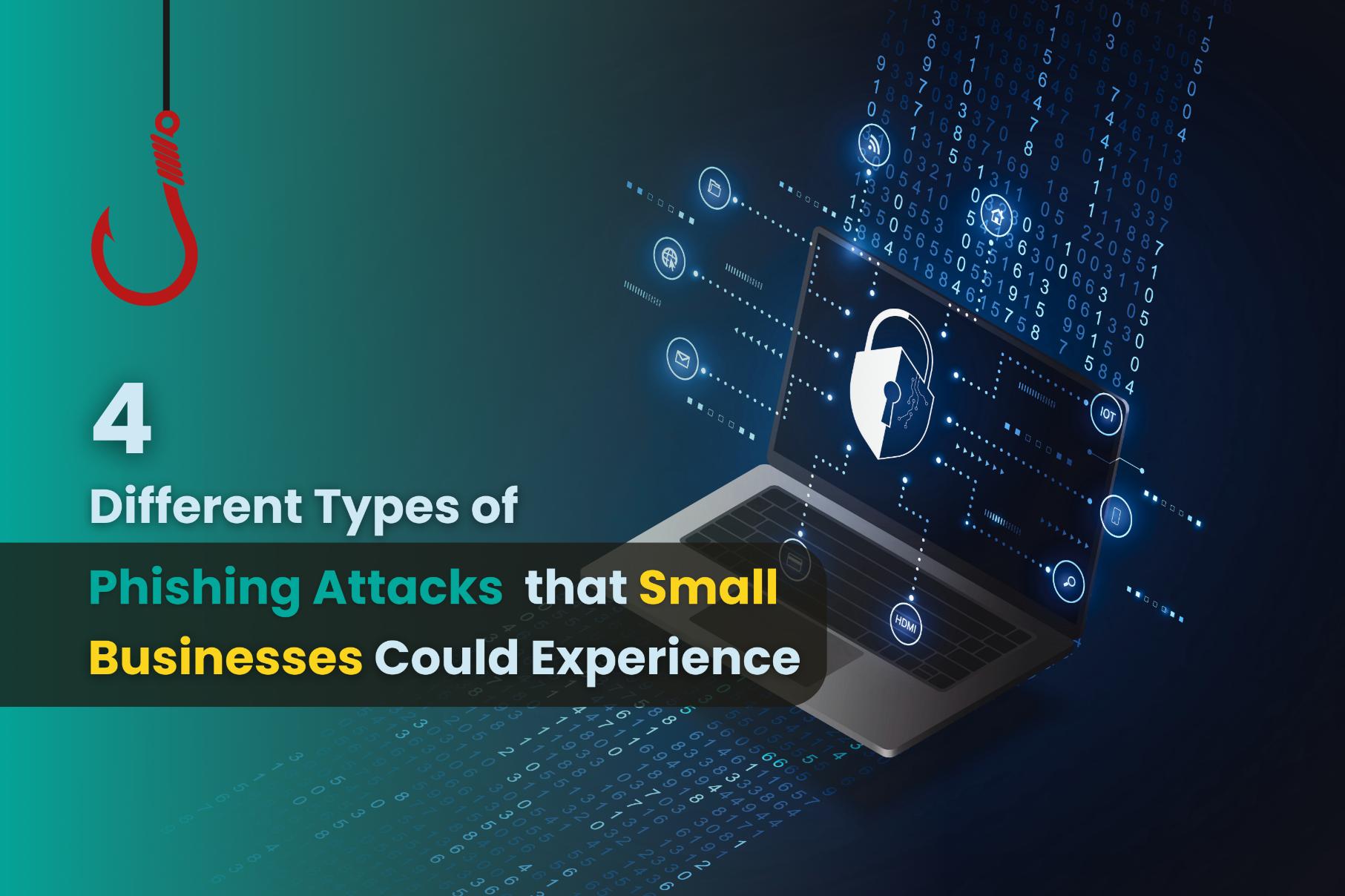10 Most Common Types of Cyber-Attacks and Tips to Prevent Them

What is a cyber-attack?
One or even more computers are used in a cyber-attack by hackers to launch a harmful incident against one and sometimes more systems, computer networks, organizations, or infrastructures. The intention is to steal confidential information or interrupt the victim's businesses' regular operations. Cyberattacks can reach a variety of targets, such as users, companies, government agencies, and essential services.
Most common types of cyber attacks
Ransomware, Phishing, SQL Injection, DoS and DDoS Attacks, Cross-Site Scripting (XSS), Man-in-the-Middle (MitM), Password Attacks, Insider Threat, DNS Tunneling, and Cryptojacking.
#1. Ransomware
Ransomware is a type of malware virus that encrypts a victim's data from the computer, generating them inaccessible, and afterward claims payment in return for protected data. This kind of attack typically uses a Trojan that purpose is to identify a trustworthy file or program to fool the target into downloading and installing it. When activated, the ransomware encrypts any linked network drives as well as the files on the computer system. A ransom message is then displayed to the victim, usually requesting payment in Bitcoin or whatever cryptocurrency.
Guidelines for preventing Ransomware attacks
Effective measures for avoiding ransomware attacks include:
- Start by frequently backing up your data and keeping backups offline. Consequently, backups can be deployed to restore encrypted data in the case of an attack.
- Inform company personnel to stay away from fraudulent emails and website links.
- Keep your security software updated and choose trusted applications.
- Users' rights should be limited. Users should only be given access to the programs and data they require in order to do their activities.
#2. Phishing
Phishing is a type of social engineering in which the attacker uses tricks to get the victim to reveal confidential data like credit card details or login information. Email or instant messaging are frequently used in phishing attacks. In order to trick the victim, the hacker will forward an email or message that seems to be from a trustworthy source, like a bank or website. Usually, the message will contain a link to a false website that appears official. The attacker can gain access to accounts or steal information using the victim's login details or other confidential information.
How to stop phishing attempts
Employers may defend themselves from phishing attacks by having workshops on security awareness action for workers. Employees can learn how to identify phishing emails as well as what to respond to when they get one through this kind of training. Businesses can also adopt email filtering to stop phishing emails from getting to their staff.
#3. SQL Injection
Attackers can run harmful SQL queries on a database by using SQL injection. An input field, such as a login form, is attacked with malicious code that is then executed by the database. This could provide the attacker access to private information like customer information or credit card details. SQL injection can also completely erase data from the database or manipulate it.
How to stop attacks using SQL Injection
By employing parameterized queries, companies can defend against SQL injection attacks. This kind of query prevents harmful code execution by defining each input field as a parameter. Businesses can also utilize web application firewalls (WAFs) to find and stop attempts at SQL injection.
#4. DoS and DDoS Attacks

A cyberattack known as a denial-of-service (DoS) attack forbids users from using a service or system. A DoS attack known as a distributed denial-of-service (DDoS) attack has various sources. Attacks such as DoS and DDoS are often carried out by overloading the target network with traffic, overflowing it, and denying access to authorized users. These kinds of cyberattacks can be carried out utilizing hacked computer systems and botnets under the command of the attacker.
Guidelines for defending DoS and DDoS attacks
By using rate-limiting, companies can defend themselves against DoS and DDoS attacks. Limiting the amount of traffic that is supplied to a system, this kind of security makes it harder for attackers to overload it. In order to stop harmful traffic, businesses can also employ firewalls and intrusion detection/prevention systems (IDS/IPS).
#5. Malware

Malware is a form of harmful software that has the ability to harm or take down networks, computers, and other devices. Malware, for instance, is capable of stealing sensitive information like credit card information or login details. Malware can also be used to take control of computers and utilize them to perform attacks like DDoS attacks. Malware comes in a wide variety of forms, such as viruses, worms, rootkits, and Trojan viruses.
The best way to stop malware attacks
Employing security software, including antivirus and anti-malware solutions, organizations may defend themselves against malware attacks. These tools are capable of finding and removing malware from networks and systems. Companies should also maintain their operating systems as well as software updated to avoid malware being able to take advantage of vulnerabilities.
#6. Man-in-the-Middle attacks
Man-in-the-middle (MitM) attacks include the attacker monitoring two parties' discussions. The attacker can however monitor the communication or even manipulate the information being sent and received. There are numerous ways to conduct MitM attacks, including ARP spoofing and DNS poisoning.
Guidelines for defending Man-in-the-Middle attacks
Encryption can help companies defend against MitM attacks. Attackers find it more challenging to intercept conversations when there is this kind of security. In order to recognize and stop MitM attacks, companies can also deploy firewalls and intrusion detection systems.
#7. Password Attacks
An attack that tries to discover or brute force a password is known as a password attack. Passwords like "password" or "123456" can be used to guess passwords. Furthermore, attackers have the option of using brute force techniques to attempt every character arrangement until the right password is discovered. Malware and phishing emails can both be used in password attacks.
Defending against password attacks
By having stronger password regulations, businesses can defend themselves against password attacks. Workers should be required by these policies to use difficult-to-guess passwords. Companies can also utilize two-factor authentication (2FA), which calls for a secondary form of identification, such as a password and a one-time passcode.
#8. Insider Threats
A sort of attack that starts within a company is known as an insider threat. Insider threats can be caused by irresponsible insiders, including employees who mistakenly release data, or by information theft, such as dissatisfied employees. Given that the attackers have indeed gained access to the company's applications and networks, insider threats can be challenging to identify and prevent.
Detecting and avoiding Insider Threats
Security systems, such as operation tracking and data loss prevention (DLP) initiatives, can help organizations defend against insider threats. Such tools can assist businesses in identifying and stopping malicious or unintended data leaks. Businesses should also teach their workers about security processes to ensure effective security.
#9. DNS Tunneling
Data is tunneled over a network using DNS queries in a technique known as DNS tunneling. Bypassing firewalls or intrusion monitoring and risk reduction systems, this kind of assault can steal data from a business. Moreover, interacting with systems that are affected by malware is possible using DNS tunneling.

Methods to avoid DNS Tunneling
Companies can defend themselves against such DNS tunneling attacks by keeping an eye for odd activity in DNS traffic. Companies can also stop DNS traffic that does not originate from or travel via recognized DNS servers.
#10. Cryptojacking
Attackers who engage in cryptojacking utilize malware to take over a computer's capabilities in order to mine cryptocurrencies. The efficiency of a computer may be slowed down, and electrical costs may rise. Cryptjacking can also be used to fund other unethical operations or to make money for the attacker.
Methods to avoid Cryptojacking
By deploying security tools to find and stop malicious mining software, businesses may defend themselves from crypto jacking. In order to stop hackers from utilizing it to mine bitcoin, businesses can also disable JavaScript on PCs and other hardware.
Proper cyber hygiene practices to keep you safe online
Everyone should practice a few solid cyber hygiene practices in addition to the preventative strategies mentioned above to help keep themselves secure online. Among these behaviors are:
- Avoid repeating passwords and always use strong ones.
- As soon as it is possible, set up two-factor authentication (2FA).
- Do not open attachments or click on links coming from unauthorized sources.
- Update your program frequently.
- When using open Wi-Fi networks, consider a VPN.
- Whenever exchanging personal information online, use it carefully.
- Maintain regular data backups.
- Check your credit report frequently for unusual behavior.
- Share sensitive information only if you are aware of who the receiver is.
- Understand how to recognize social engineering attempts and be conscious of them.
You can take preventive measures against unauthorized efforts by outside parties to acquire your data and safeguard your privacy from people you wish not to share your details with by implementing a few straightforward modifications to your devices and accounts.
It's difficult to go a few days after reviewing the news without discovering a significant data breach that could have exposed the private information of millions of consumers to cybercriminals. Here Audra helps you prevent your personal information from falling into unwanted hands with many steps.
To conclude
You can defend yourself from falling a target of a cyber-attack by adapting to the preventive strategies and excellent cyber hygiene practices mentioned above. Furthermore, you can contribute to making the internet a comfortable place for everyone by keeping yourself updated on cybersecurity issues. If you want to learn more, contact us to secure your business or personal data from criminals.


